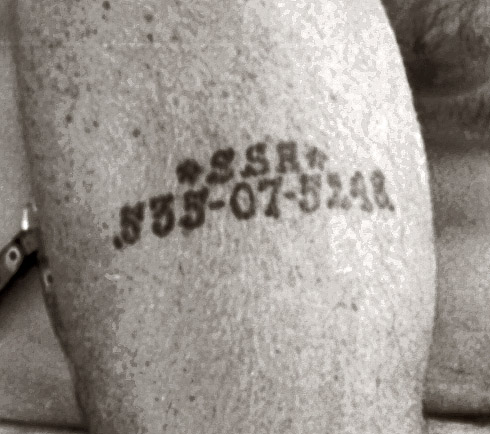He was born on July 2, 1912 and died June 4, 1980. He was a Sergeant in WWII. His wife's name was Ann Kathryn Cave. She was born in January 23, 1916 and died on February 18, 2000.They are both buried at Willamette National Cemetery in Portland, OR.
Edit - Okay so some new information: He enlisted in the Army in 1942 and his status at that time was "Divorced." He later remarried Ann Kathryn, so the woman in that photo isn't Ann Kathryn. It's actually his first wife, Vivian, whom he was still married to in 1940. The woman in this photo is Vivian.
Edit 2 - So, per census records he was living in Shasta, OR in 1940 and was a truck driver with an 8th grade education. Vivian was a fruit picker on a farm. Thomas and Ann (his second wife) had a daughter Juanita on September 13, 1949. Why that's interesting is because census records have a Tillman T Cave and his sister Juanita with parents Tillman B and Sarah N Cave in a farm in Buckham, OR.
When searching for Tillman Cave there's a 1940 census record for Benjamin T and Sadie N Cave in Buckham, OR in 1918 with a WW1 draft registration for Tilman B. Then a 1930 census record for them in Los Angeles, CA, then a 1940 census record for them in Portland.
How these separate names come together is: there's a 1934 marriage record of Tillman T.U. Cave to a Vivian Couture, witnessed by Benjamin Cave and Sadie Cave in Multnomah County, OR. So Benjamin and Sadie (Sarah) were his parents and he named his daughter with his second wife after his sister, Juanita.

wouldn't it be great if some of his descendent saw this, and updated the history of their father or grandfather...
